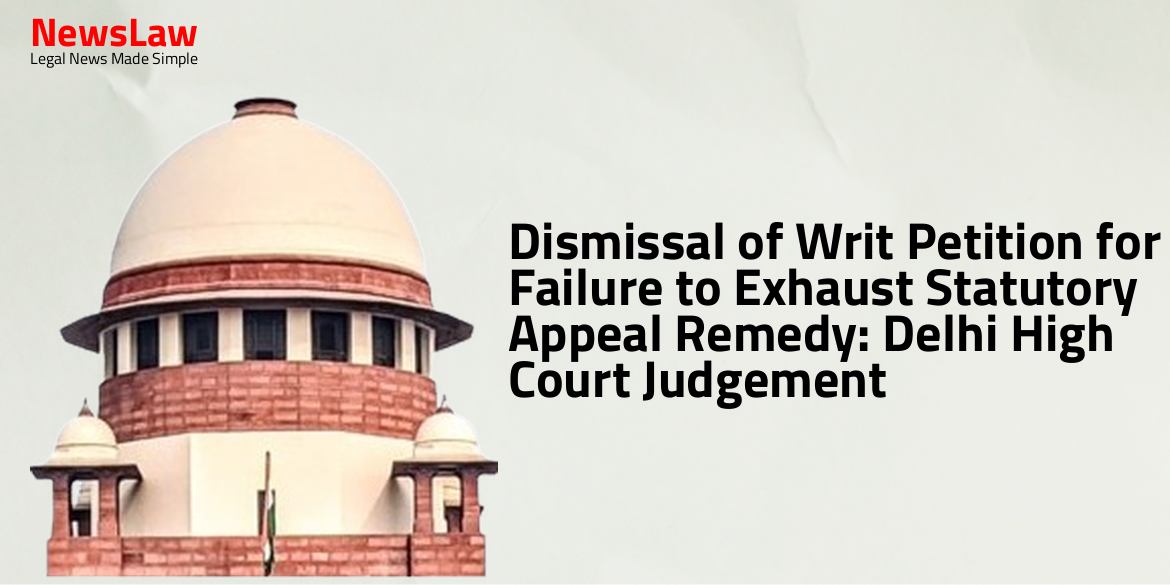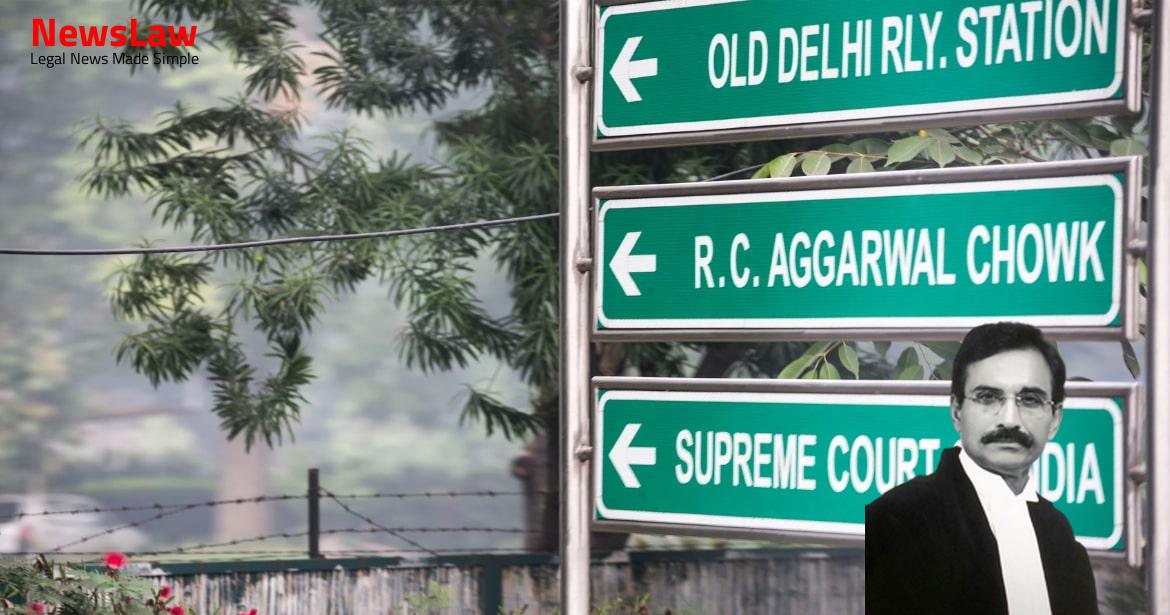In a recent court case, the judiciary provided a thorough legal analysis regarding road line fixation and acquisition of land under the municipal corporation act. The court’s assessment focused on important sections of the law, including procedures for road line fixation, acquisition of land within public street lines, and the requirement for governmental sanction. This summary highlights the key legal aspects discussed in the case, shedding light on the implications for landowners and municipal authorities.
Facts
- Appellant served with notice dated 27.09.2006 under Section 299 of the Bombay Municipal Corporation Act.
- The road line was fixed by the Municipal Corporation in 1988 following the procedure under section 297 of the Act.
- Notice was for fresh proceedings to take possession of land measuring 308.37 square meters in Village Chembur.
- Appellant replied with a notice dated 17.11.2006.
Also Read: Legal Analysis of Assignment and Ratification in Property Law
Arguments
- Shri Atul Y. Chitale, the senior counsel for the respondents, argues that the issue of compensation for earlier surrender does not pertain to the current writ petition.
- Under Section 301 of the Act, a compensation procedure is outlined involving application, processing, and payment within six terms.
- The appellant is not a statutory corporation, so the absence of sanction under Section 299(2) does not apply.
- The High Court found that the street line fixation in 1988 followed proper procedure as per Section 297.
- The appellant’s grievance about non-payment of compensation for surrendering land in 1995-1996 is noted, but cannot impact the legality of the current notices if found valid.
- Section 299 of the Act permits the Commissioner to acquire land within the regular line of a public street after notice to the owner.
- The Bombay Municipal Corporation’s action of acquiring land for road widening and curvature of VN Purav Marg and RC Marg is deemed appropriate.
- The appellant claims no compensation was received for the surrender of 387.5 square meters.
- The appellant argues that the impugned notices are unsustainable as they lack the required sanction from the Central Government as per Section 299(2) of the Act.
- The appellant contends that there is a breach of Section 297 of the Act as the procedure for issuance of a public notice for fixation of the road line was not followed.
Also Read: Interpretation of Custody in Contempt of Court Case
Analysis
- The appellant, a corporation constituted under Indian law, cannot take possession without previous sanction from the State Government.
- The regular street line is crucial for public interest and must be maintained.
- The appellant’s claim of ownership of the land is not sufficient to bypass regulations.
- The High Court found that the regular line was fixed following proper procedure in 1988.
- Previous surrender of land by the appellant does not exempt them from adhering to the law.
- The notice issued under Section 299 of the Mumbai Municipal Corporation Act was responded to by the appellant’s representatives.
- The appellant was requested to withdraw their claim over the land in question.
- The issue of surrendering further setback land by the appellant was also discussed and reconsidered.
- The definition of ‘owner’ for the acquisition of open land within the regular line of a public street not occupied by a building constructed before March 25, 1991, includes co-operative housing societies, federations of co-operative housing societies, condominiums, companies with limited liability, associations of persons, and ad hoc bodies formed by occupants of the building.
- Possession of land or building vested in the government or certain corporations requires previous sanction from the respective government authority.
- Section 299 of the MMC Act, 1888 does not establish a corporation through law.
- Section 297 outlines the Commissioner’s authority to prescribe the regular line of a street, including the requirement for public notice and a hearing.
- No construction is allowed within the regular line of a street without written permission from the Commissioner, who must report reasons to the Standing Committee.
- The appellant was not able to convince the Court to interfere in the matter, so the impugned judgment is sustained.
- The structures mentioned in the case are subject to the corporation’s power to take action.
- The Court must exercise its powers appropriately even if no relief was sought in the writ petition.
- The argument raised by the appellant regarding a structure as an obstacle under Section 299(1) was found to have no merit.
Also Read: NGT Jurisdiction and High Courts’ Role
Decision
- Appellant directed to make application for compensation within one month if not already done
- Dismissal of the appeal and confirmation of dismissal of the writ petition
- Direction for the appellant to hand over open set back to respondent for project completion
- Compensation to be processed and paid within four months from the filing of application
- No orders as to costs given
Case Title: MTNL EAST 1 Vs. ASST. COMM.,B.M.M. AND ORS. (2022 INSC 488)
Case Number: C.A. No.-006745-006745 / 2009



